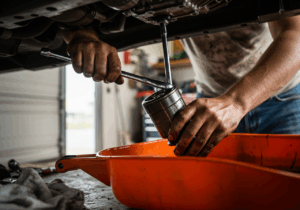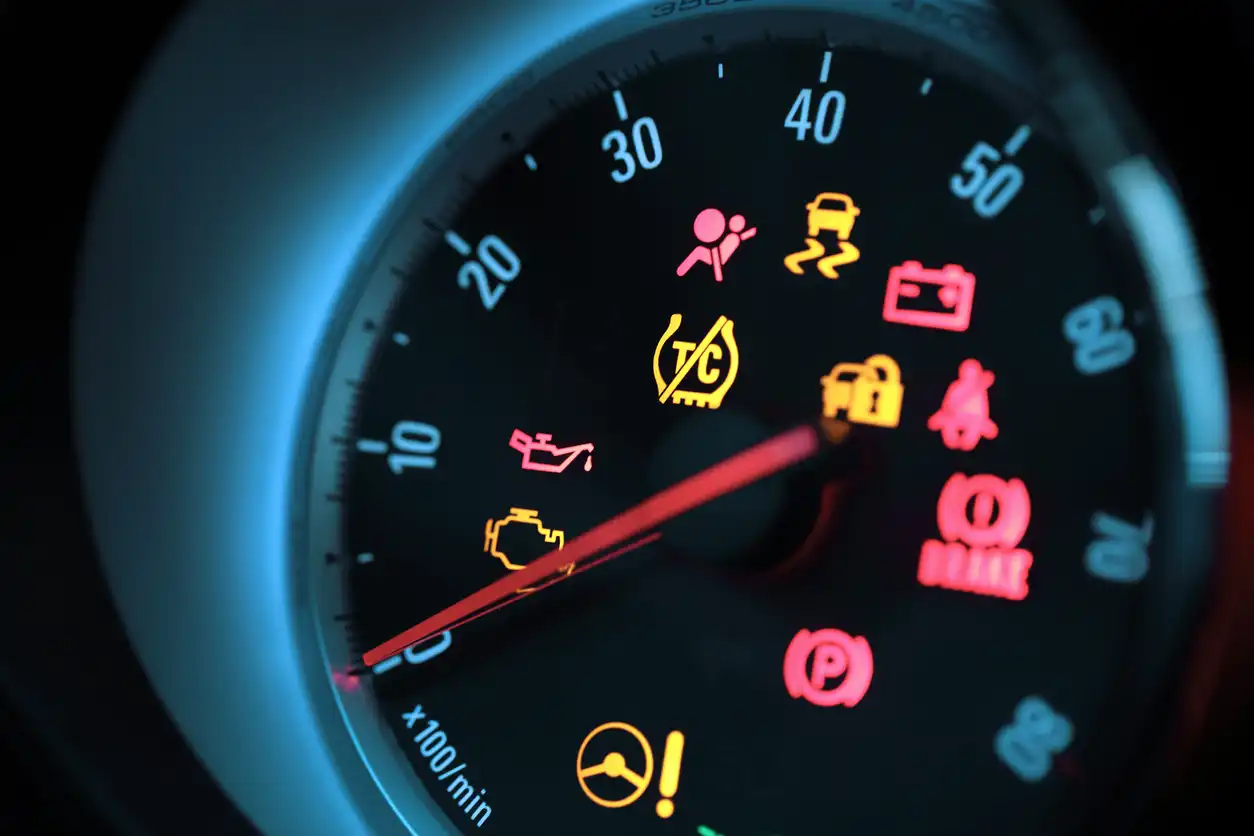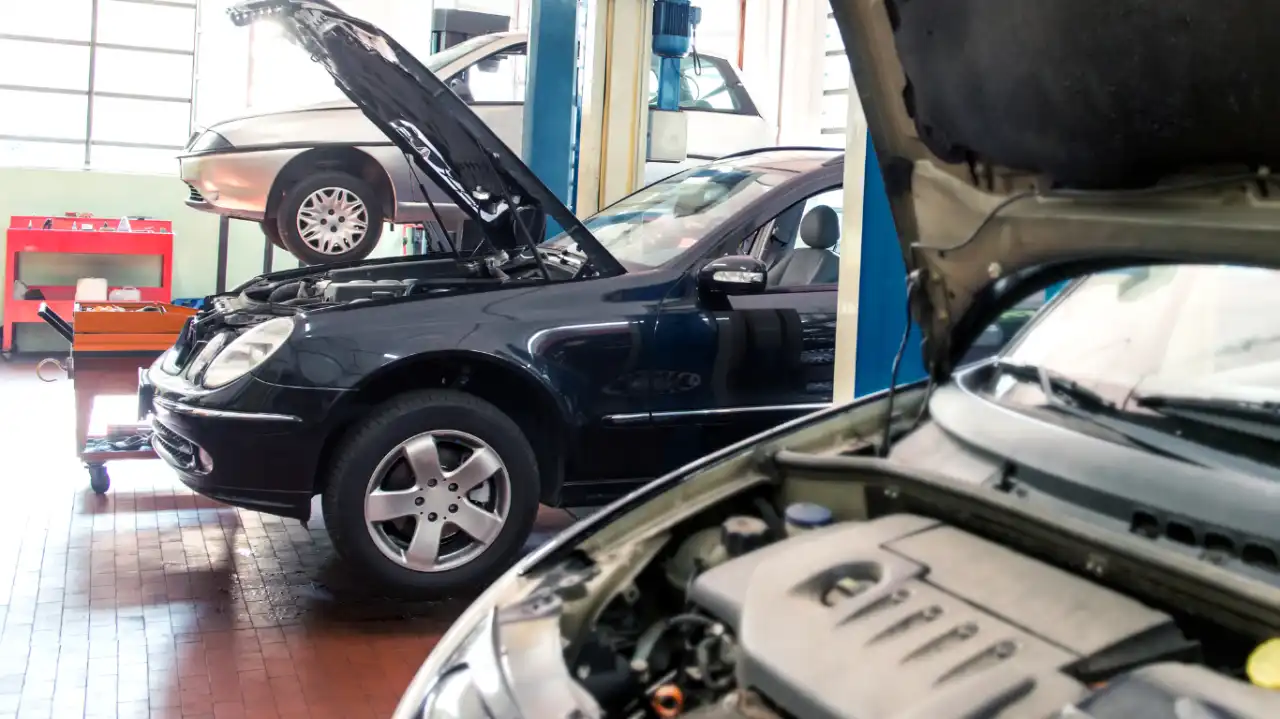Why DIY Car Repairs Are Worth Considering
Modern cars are increasingly complex, but not every repair requires a certified mechanic. Simple maintenance tasks and minor fixes can often be performed at home with a modest investment in tools. Some of the biggest advantages of tackling repairs yourself include:
- Cost savings: Avoiding labor fees can cut your repair bills in half or more.
- Convenience: Handle repairs on your schedule without waiting days for a shop appointment.
- Skill-building: The more you practice, the more confident you’ll become in maintaining your own vehicle.
- Emergency readiness: Knowing how to perform basic fixes can save you if your car breaks down on the road.

Common DIY Repairs You Can Safely Do at Home
Let’s dive into the practical side: here are the repairs you can confidently take on, even if you’re not an expert mechanic.
1. Changing Engine Oil and Filter
One of the most common maintenance tasks is an oil change. It’s straightforward and can be done in under an hour. You’ll need an oil filter wrench, a socket set, drain pan, funnel, and the right type of oil and filter for your vehicle.
Tip: Always dispose of used oil responsibly by taking it to an auto parts store or recycling center.
2. Replacing Air Filters
Engine and cabin air filters are inexpensive and simple to swap out. Most can be accessed by unclipping a housing and sliding the old filter out. Dirty filters reduce fuel efficiency and cabin air quality, so this is a quick win for both performance and comfort.
3. Replacing Wiper Blades
Wipers are a safety essential. Most vehicles allow you to snap in new blades in just minutes. Doing this yourself saves both money and a trip to the shop.
4. Replacing Spark Plugs
Replacing spark plugs can restore fuel efficiency and improve engine performance. With a spark plug socket and torque wrench, you can handle this job in about an hour for a 4-cylinder car. Just follow your vehicle’s manual for correct gap measurements and torque settings.
5. Changing Brake Pads
If you’re comfortable with basic tools and safety procedures, replacing brake pads is manageable at home. You’ll need a jack, jack stands, lug wrench, socket set, and a C-clamp. However, if the rotors are worn or the braking system feels spongy, it’s best to consult a pro.
6. Replacing Car Batteries
Swapping out a car battery is another common DIY repair. Just remember to disconnect the negative terminal first and handle old batteries with care, as they contain hazardous materials. Most auto parts stores accept old batteries for recycling.
7. Fixing Headlight or Taillight Bulbs
Lighting is critical for safety, and bulbs burn out frequently. Replacement typically involves removing a few screws or clips to access the bulb housing. Some newer vehicles require bumper removal — in that case, leave it to the pros.
8. Replacing Fuses
Electrical gremlins often trace back to a blown fuse. Locating and replacing a fuse is usually as simple as pulling the old one and pushing in a new one of the same amperage rating.
9. Rotating Tires
Rotating tires extends tread life and ensures even wear. You’ll need a jack, jack stands, and a torque wrench. Always follow the correct rotation pattern for your vehicle type (front-wheel drive, rear-wheel drive, or all-wheel drive).
10. Replacing Serpentine Belts
A squealing belt is annoying and a sign of wear. Replacing a serpentine belt usually involves loosening the tensioner pulley and routing the new belt along the correct path. A diagram is often under the hood or in the owner’s manual.

Repairs That Require Professional Attention
While DIY repairs are empowering, certain jobs are risky, require specialized tools, or can compromise safety if done incorrectly. Here are the repairs best left to professionals:
- Transmission repairs and replacements: These are highly complex and require specialized equipment.
- Engine rebuilds: Rebuilding an engine involves precision machining and advanced mechanical knowledge.
- Airbag and safety system repairs: Tampering with airbags or sensors can be dangerous and is best handled by certified technicians.
- Advanced electrical diagnostics: Modern vehicles have intricate electrical systems that require professional scan tools and training.
- Suspension overhauls: While replacing shocks or struts may be within reach for some DIYers, major suspension repairs should be left to shops with proper alignment equipment.
Signs You Shouldn’t Attempt a DIY Repair
Not sure whether to tackle a repair yourself? Here are red flags that indicate you should stop and call a pro:
- The repair requires special tools or dealer-only parts.
- You’re not confident about safety (e.g., brakes, airbags).
- The problem involves fluids you’re not familiar with (e.g., transmission, power steering).
- Repairs that require lifting the engine or transmission out of the car.

Essential Tools for DIY Auto Repair
Building a solid home garage starts with the right tools. Here’s a starter list:
- Socket and wrench set
- Torque wrench
- Floor jack and jack stands
- Screwdrivers and pliers
- OBD-II scanner
- Protective gloves and goggles
- Service manual for your car
Safety First: Best Practices for DIY Repairs
Always prioritize safety. Here are non-negotiables for at-home repairs:
- Work on level ground and secure the car with jack stands, never rely on a jack alone.
- Disconnect the battery before working on electrical systems.
- Wear protective gear to avoid burns, cuts, or exposure to chemicals.
- Never rush — mistakes happen when you’re in a hurry.
When in Doubt, Educate Yourself First
Before attempting a new repair, watch tutorials, read your owner’s manual, and check trusted resources like the National Highway Traffic Safety Administration (NHTSA). Knowledge and preparation are your best tools.
Final Thoughts
Performing DIY car repairs at home is a great way to save money, build confidence, and better understand your vehicle. From oil changes to brake pad swaps, many jobs are well within the reach of motivated car owners. However, knowing your limits is just as important — certain repairs are best left to professionals for your safety and the longevity of your vehicle.
By combining smart DIY projects with professional assistance when necessary, you’ll get the best of both worlds: cost savings and peace of mind. Remember, your car is one of your most valuable assets — treat it with care, and it will serve you for years to come.





